Publications
Categories
- (34)
- (9)
- (3)
- (143)
- (18)
- (7)
- (4)
- (8)
- (9)
- (17)
- (2)
- (104)
- (7)
- (14)
- (7)
- (1)
- (1)
- (6)
- (155)
- (20)
- (2)
- (5)
- (111)
- (35)
- (11)
- (4)
- (59)
- (18)
- (3)
- (7)
- (62)
- (18)
- (5)
- (24)
- (7)
- (12)
- (1)
- (2)
- (2)
- (1)
- (1)
- (14)
- (13)
- (4)
- (6)
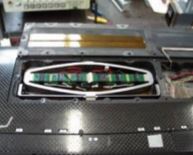
Active flap device for helicopters based on Cedrat Amplified Piezoelectric Actuators
19 June 2023
A project called RPA (Rotor à Pales Actives) was launched three years ago to study the possible benefits of implementing active trailing edge flaps on a helicopter main rotor. The main objectives of this project are to decrease BVI noise in descent flight and improve the dynamic behavior of the rotor throughout the largest possible flight domain. After a first phase dedicated to the design of the best flap configuration at scale 1, the second phase of the project deals with the design of a wind-tunnel scale model of a rotor equipped with active flaps. An off-the-shelf piezo-electric actuator is used together with a specific patented flap-driving mechanism. Such an active device was tested under centrifugal loads as well as under aerodynamic loads in order to prepare future wind-tunnel tests. The results obtained under centrifugal loads allowed to clear the active device but the aerodynamic testing showed that some improvements were needed. Corresponding modifications are under way to fully clear the active device to be used on a complete rotor model.
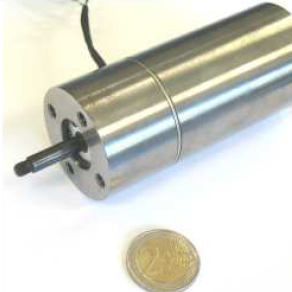
ACTUATOR2008 MRF actuators Abstract
19 June 2023
Short Abstract
The MRF actuators are new electromechanical components using Magneto Rheological Fluids (MRF). When submitted to a high enough magnetic field, MRFs switch from a liquid to an almost solid body. The purpose of the new developed MRF actuators is to reach three aims: to offer a blocking force at rest, which can be strongly reduced by applying a current, to provide an electrically- controllable resistive force over a stroke of 30 mm, to perform the control of the force in a very short time, typically in a few milliseconds.
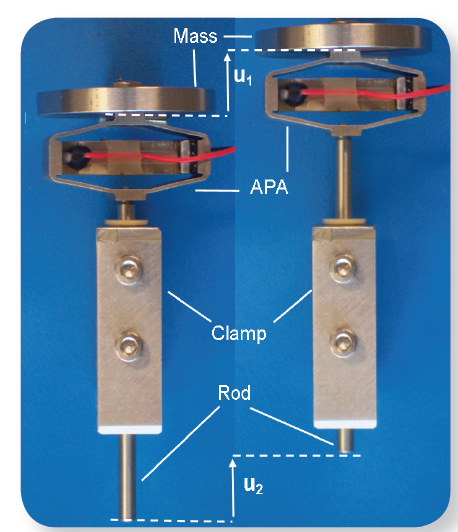
ACTUATOR2008 Stepping piezoelectric actuators Abstract
19 June 2023
Stepping Piezoelectric Actuators (SPA) are new long-stroke linear piezoelectric motors for micro/nano positioning applications benefiting of the advantages and the heritage of the APA. SPA are formed of only 4 parts: the well-established Amplified Piezoelectric Actuators (APA), a front mass, a clamp and a rod.
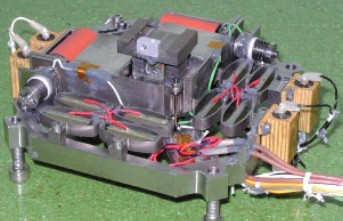
Actuators for Space Applications: State of the Art and New Technologies
19 June 2023
Actuators in space are broadly used to operate satellites’ platform and payload devices. Despite their common utilisation, actuators still represent critical subsystems as their failure might often lead to severe, when not catastrophic, effects on the spacecraft operations. Environmental conditions to which actuators are exposed in space are generally not favourable: operating temperature ranges and deep vacuum are certainly the most critical ones.
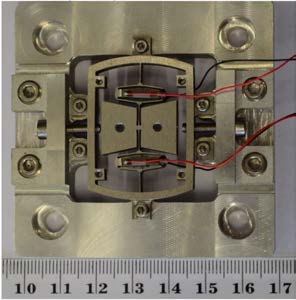
A bistable piezoelectric harvester for wideband mechanical frequency excitation
19 June 2023
The developments of autonomous systems such as for self health monitoring, embedded systems are increasingly used in industrial applications. The energy supply is a key point for the development of such systems. Solutions based on battery have limited life time and the power supplies through wires aren’t always appropriate and easy to install. Furthermore, the battery recycling is complex and an expensive process. The researches on power supply through harvesting systems are increasing in the same way the autonomous systems.
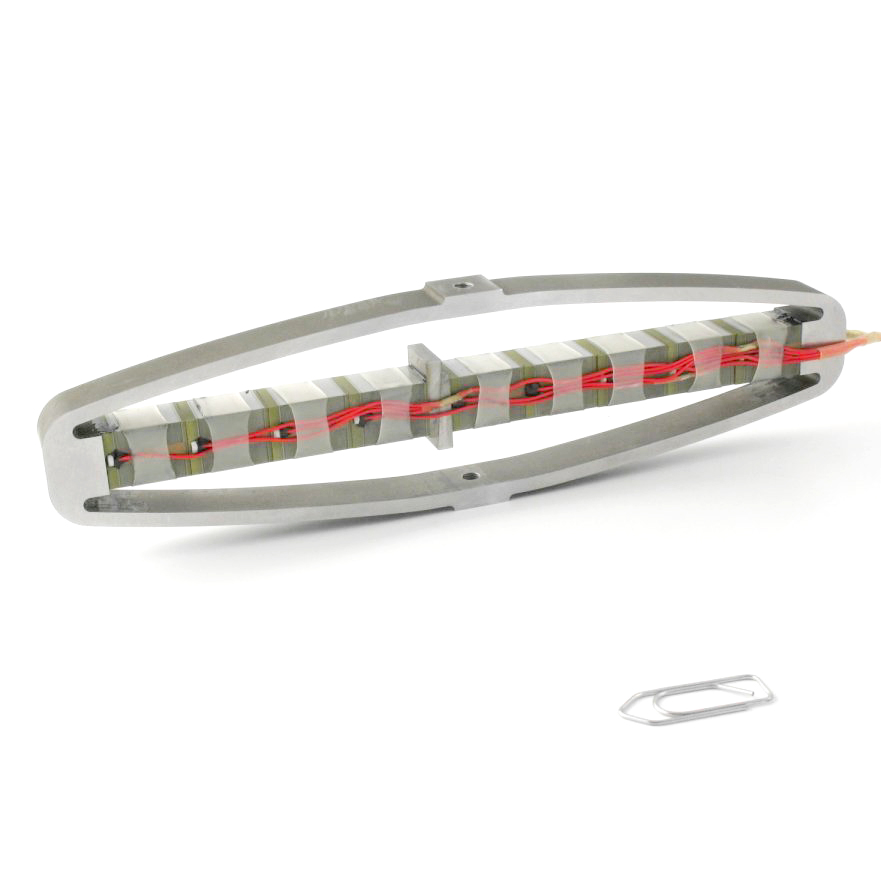
A new amplified piezoelectric actuator for precise positioning and active damping
19 June 2023
Two typical characteristics of direct piezoelectric actuators are displacements of ten micrometers and high stiffnesses. recently, multilayers actuators have been improved, and they now display strains of approximately 1200ppm at low excitation levels (less than two hundred volts). Thus, they are well suited to perform precise positioning of optical devices. But for industrial needs, this performances is still insufficient for positioning devices with larger displacements (in the range of several hundred micrometers).


